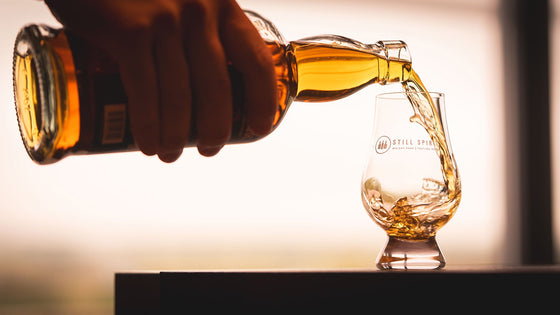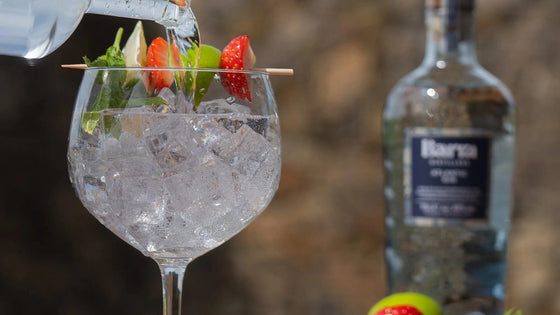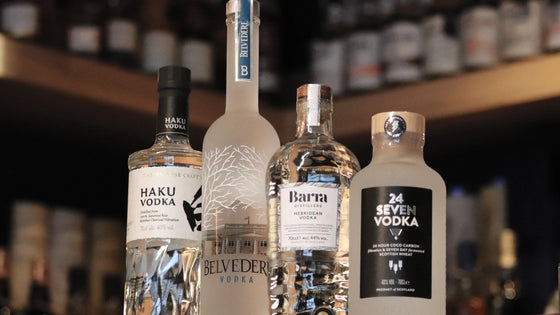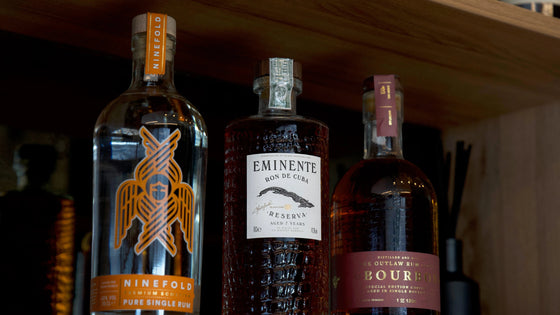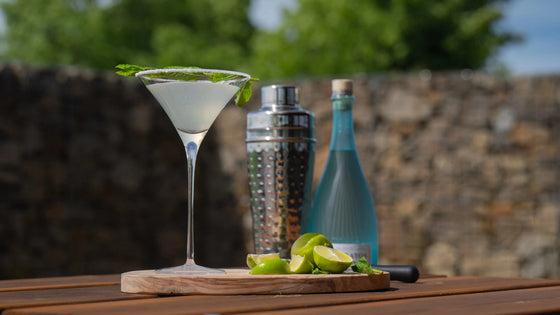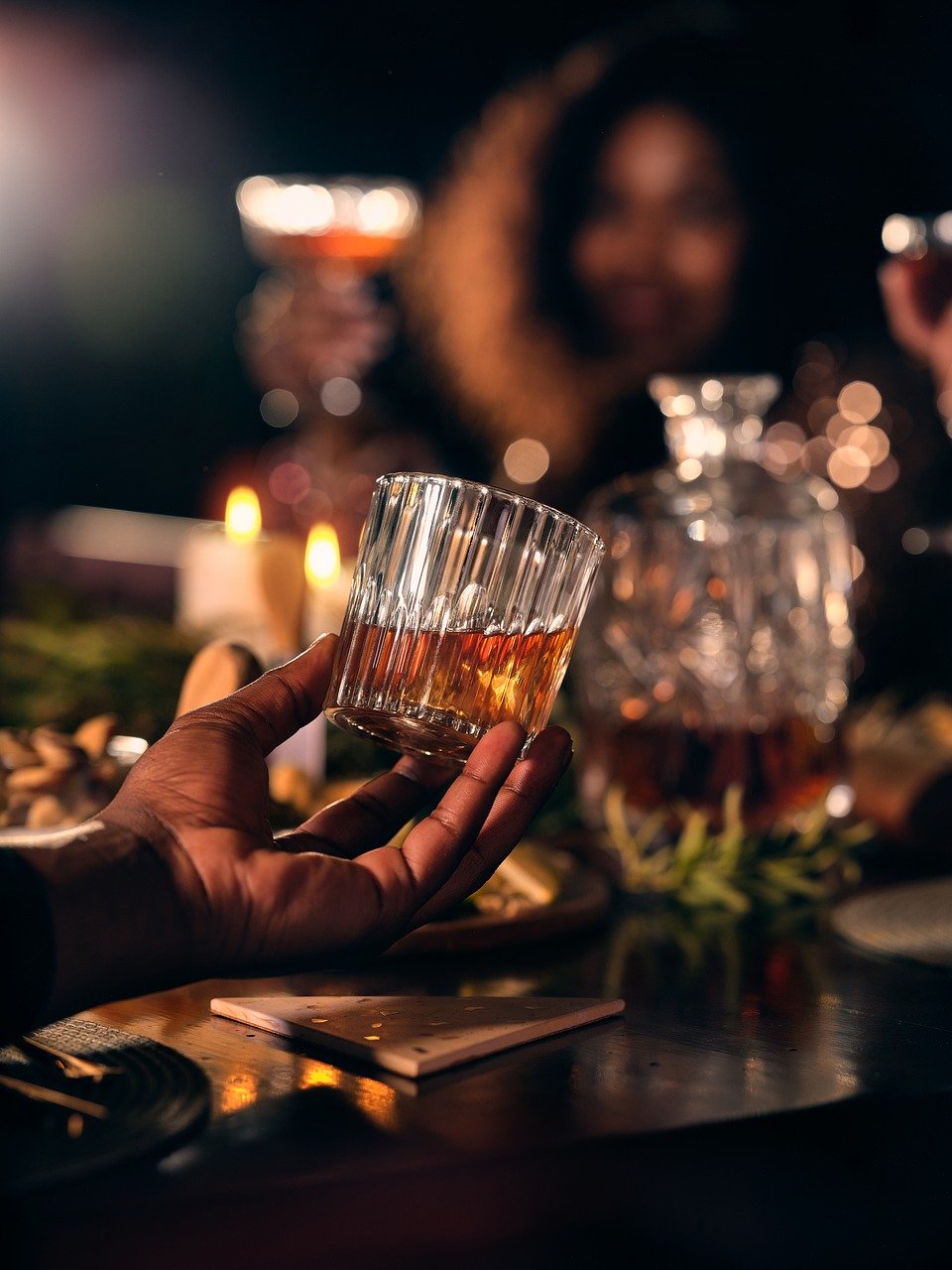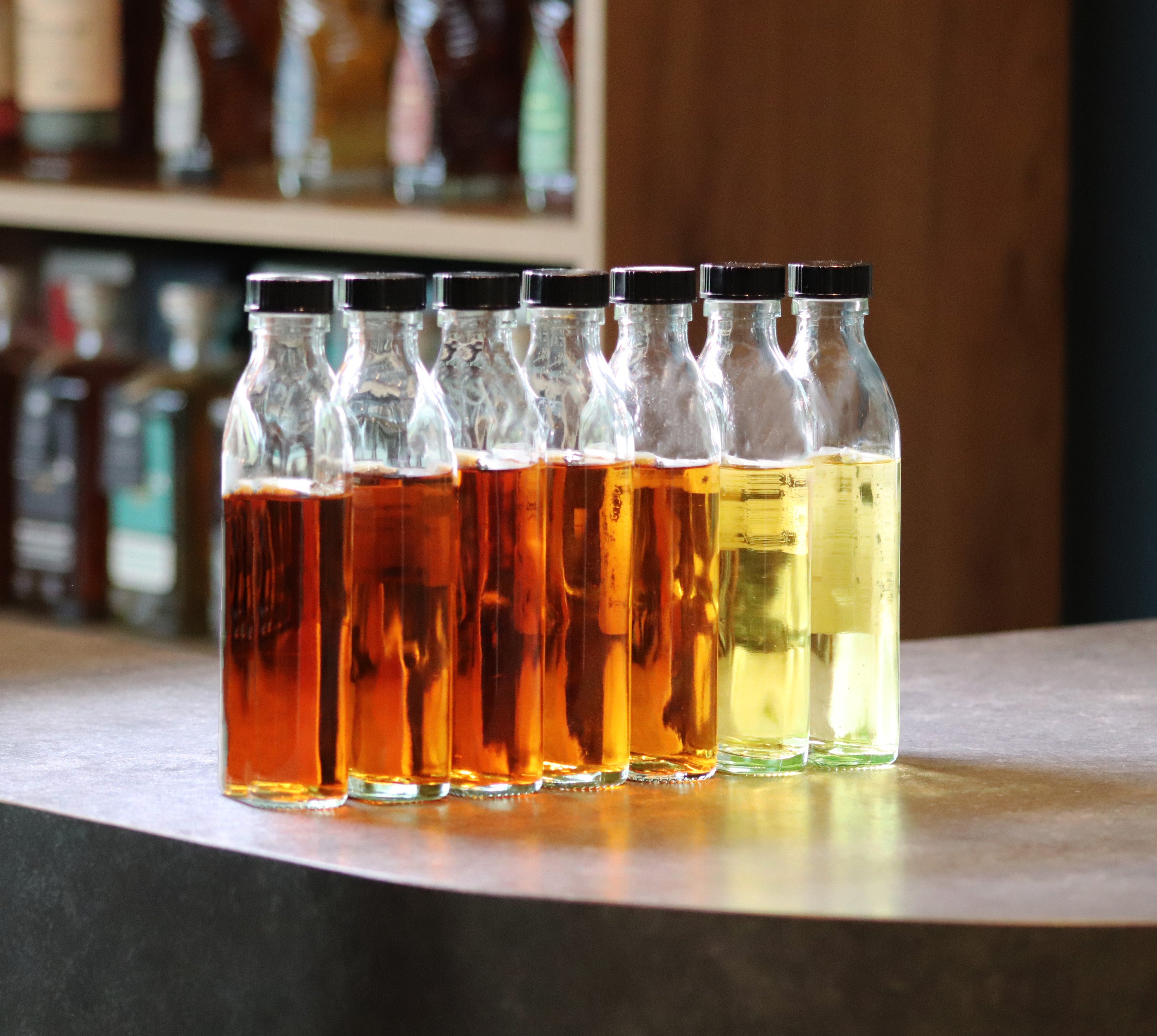Types of Scotch Whisky Casks
Casks are vitally important in the Scotch whisky industry. Used during the maturation stage of production, they have a hugely significant impact on flavour, aroma and colour. There are four types of casks that are most commonly used - American Standard Barrels, Sherry Butts, traditional Hogsheads and innovative Quarter Casks.
Here we explore each type of cask, delving into their origins, manufacturing processes, the unique impact they have on the Scotch whisky they help to create and what happens to them after they’ve been used.
But firstly…
What is a cask?
A cask is a vessel, made from oak, for the purpose of maturing whisky.
Why oak?
Oak is ideal for whisky maturation because of its strength, suppleness and porosity. It is water-tight on the inside, but the compound structure of the wood ensures that there is minimal leakage on the outside. Crucially, it also adds flavour, colour and aroma to the resulting whisky.
Where do casks come from?
Most Scotch whisky casks come from the U.S.A. or from mainland Europe, including France and Spain.
Scotch whisky producers prefer to mature their whiskies in casks that have previously held another spirit – usually bourbon or sherry but sometimes wine, port or rum.
American Standard Barrel (ASB)
Size: 190-200 litres.
The vast majority of casks (around 95%) used in Scotch whisky making are American Standard Barrels (ASBs) that have previously held bourbon.
By law, bourbon barrels have to be made from new American oak, charred before use, and only be used once, which makes them perfect for the Scotch whisky industry. They’re also readily available and relatively cheap. They produce whisky with golden tones and tend to impart notes of vanilla, toffee and caramel.
ASBs are made from American oak (Quercus alba) which grows in abundance in the eastern and northern states of the U.S.A. and Canada.
Hogshead
Size: 225-250 litres.
Sometimes known as a ‘hoggie’, the Hogshead is probably the second most commonly used cask in Scotch whisky making. Made from ASBs or Sherry Butts which have been broken down into staves and shipped to cooperages in Scotland.
There, the staves are reassembled with new oak ends and made into Hogsheads which are longer and narrower than the standard ASB. The increased capacity of the Hogshead allows for greater interaction between the whisky and the wood, making it well-suited to long-term maturation.
Butt
Size: 475-500 litres.
Butts are usually made from either American oak or European oak (Quercus robur).
Butts for use in the Scotch whisky industry have usually been seasoned with sherry, commonly Oloroso, Fino and Pedro Ximénez (PX), in a process known in Spain as ‘envinado’. Scottish distilleries have their own butts specially made to order at cooperages in northern Spain. They are then sent to Jerez in southern Spain to undergo this seasoning process, which typically takes up to two years. These casks are very expensive, more than 10 times the price of an American Standard Barrel.
Whisky matured in ex-Sherry Butts brings a reddish amber colour to the whisky and often imparts notes of nutty fruitcake, berry, and spice.
Quarter Cask
Size: 45-50 litres.
A Quarter Cask is sometimes used in whisky making due to its increased wood contact relative to the liquid volume. This accelerates maturation, allowing the whisky to develop rich, complex flavours and deeper colours faster than in larger casks.
Quarter Casks are particularly popular for ‘finishing’ whiskies. In this process, whisky that has been primarily aged in larger casks is transferred to a Quarter Cask for a resting period of around two to six months.
Re-use of Scotch whisky casks
First fill or refill
The first time that Scotch whisky is put into a used cask, the cask is known as First Fill. When the cask is eventually re-used, it’s called a refill cask. Whisky producers can reuse casks many times or for as long as they see fit, but eventually a cask will get to the end of its useful life.
The end of the cask life cycle
The working life of a cask can be 50-60 years, being filled as many as five to six times during that period.
At the end of a cask’s life cycle, most are broken down into ‘whisky oak wood chips’ and sold to the food services industry for barbeques or for smoking fish, meat or cheese. Although in recent times oak staves have been recycled and used to make bicycle frames and even wooden frames for sunglasses.
Final Thoughts
From ASBs to Sherry Butts, Hogsheads to Quarter Casks, whisky casks are more than just vessels, they play a crucial part in shaping whisky’s character, imparting a unique character and contributing to the distinct flavours, colours and aromas.
If you’d like to learn more about how Scotch whisky gets its flavour and colour, you can read our previous blog here.

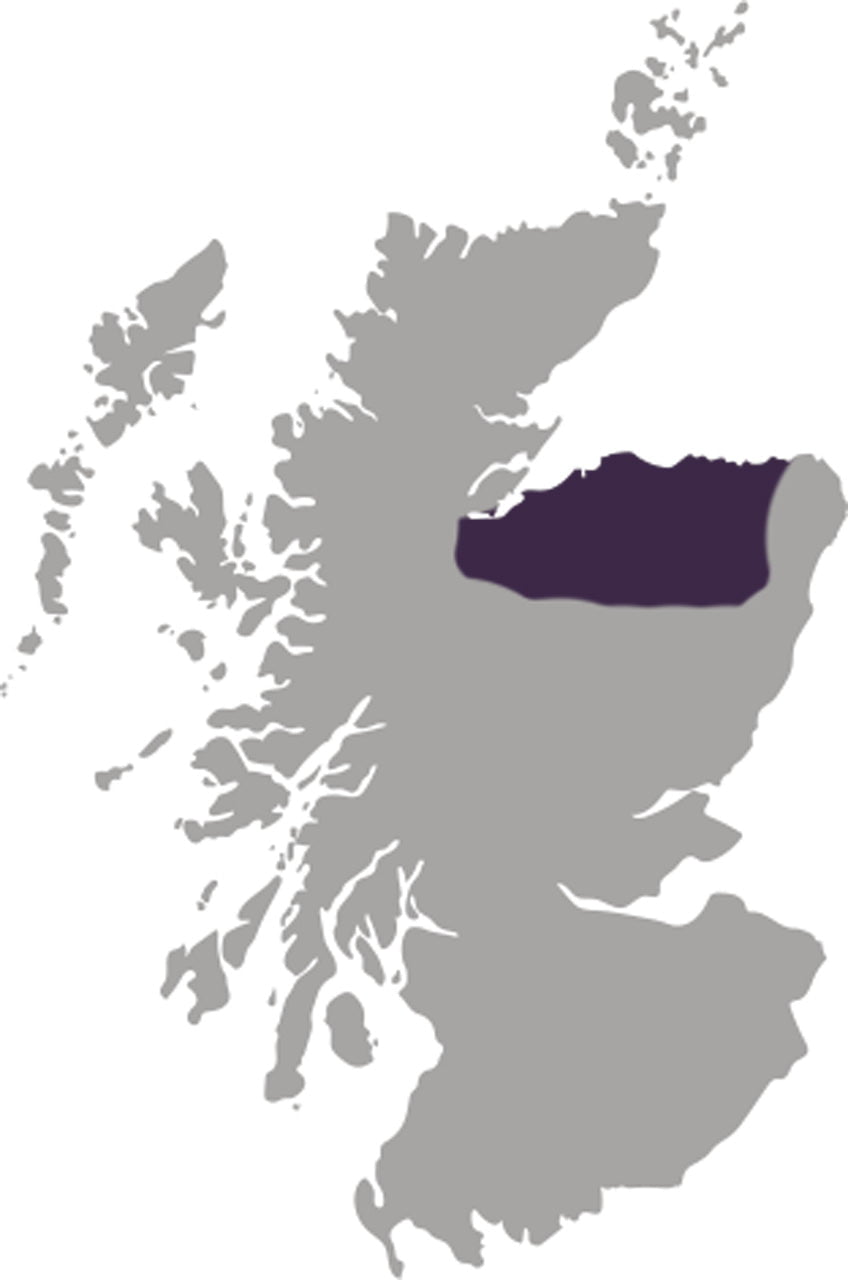
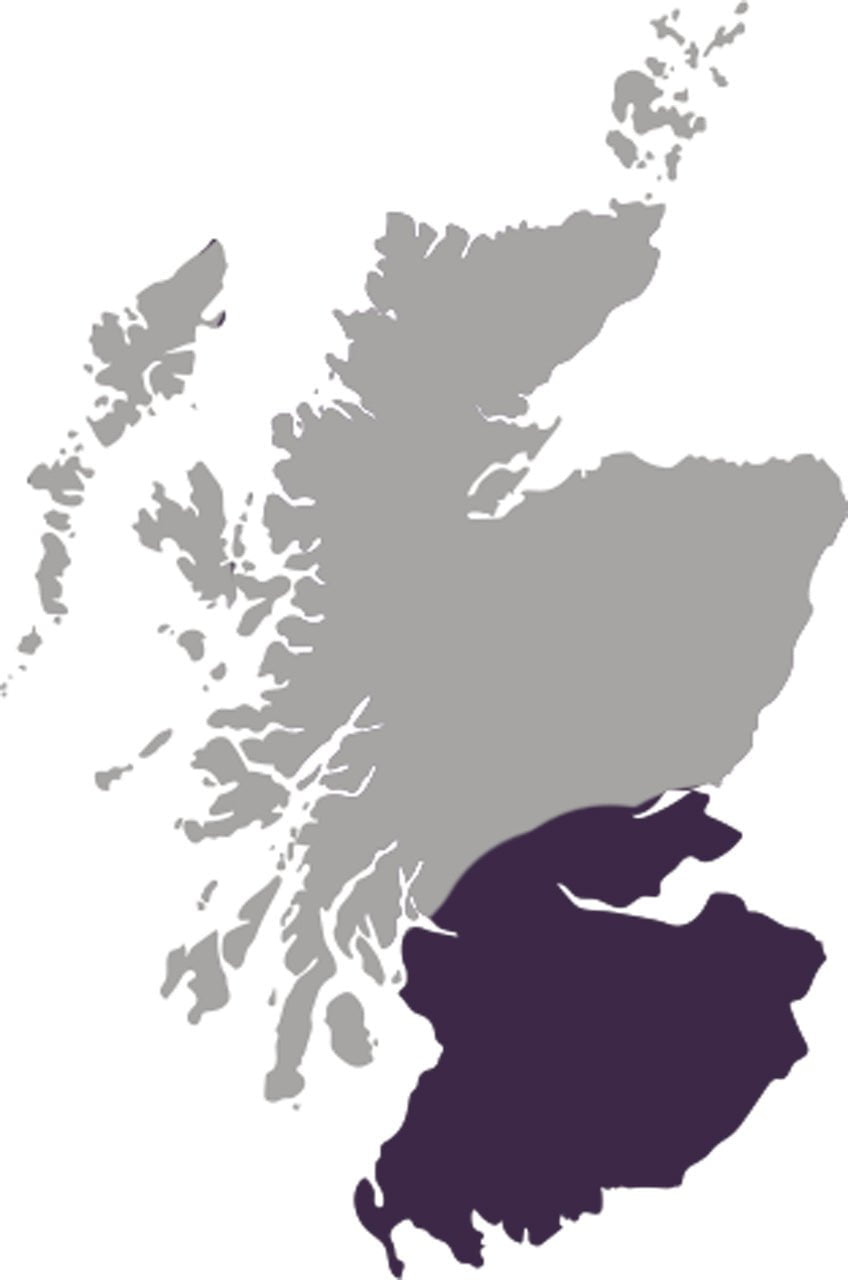
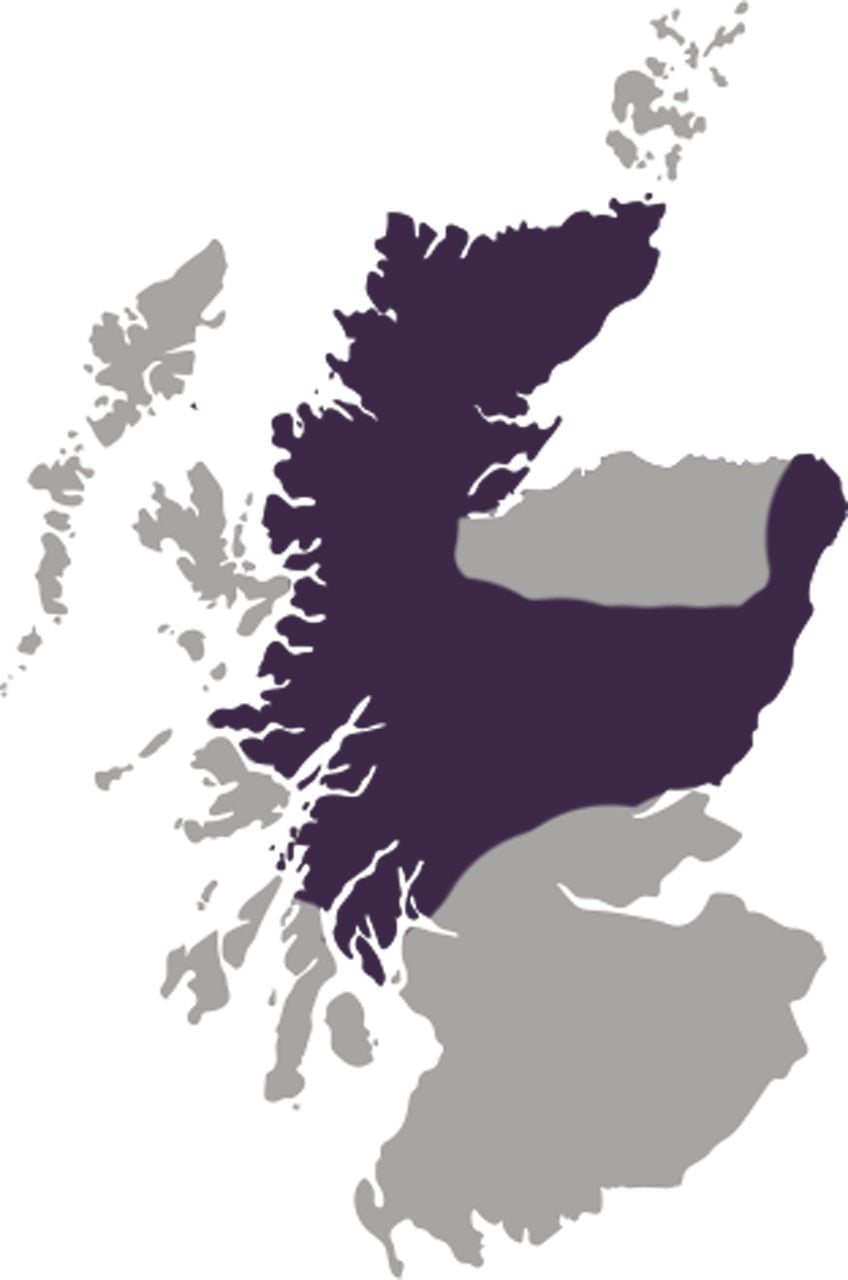
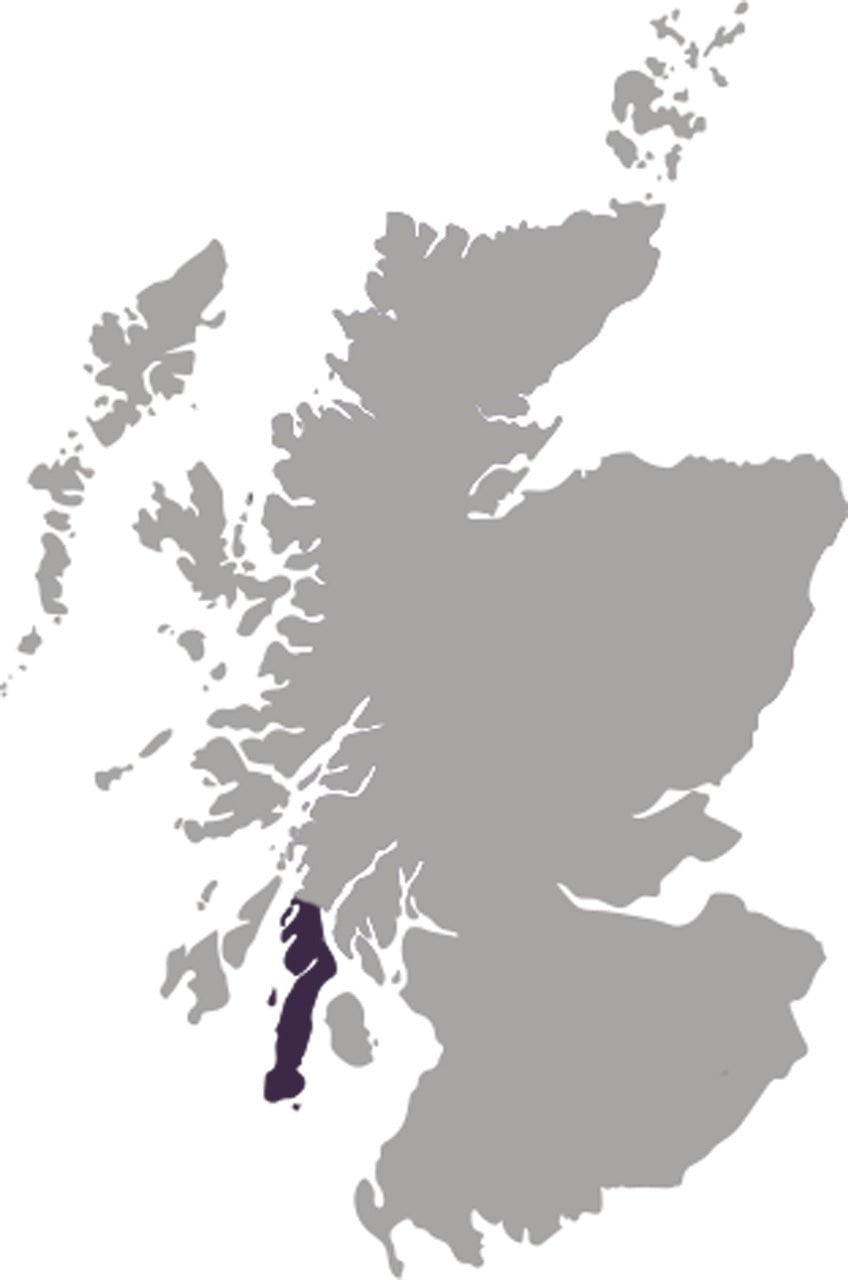
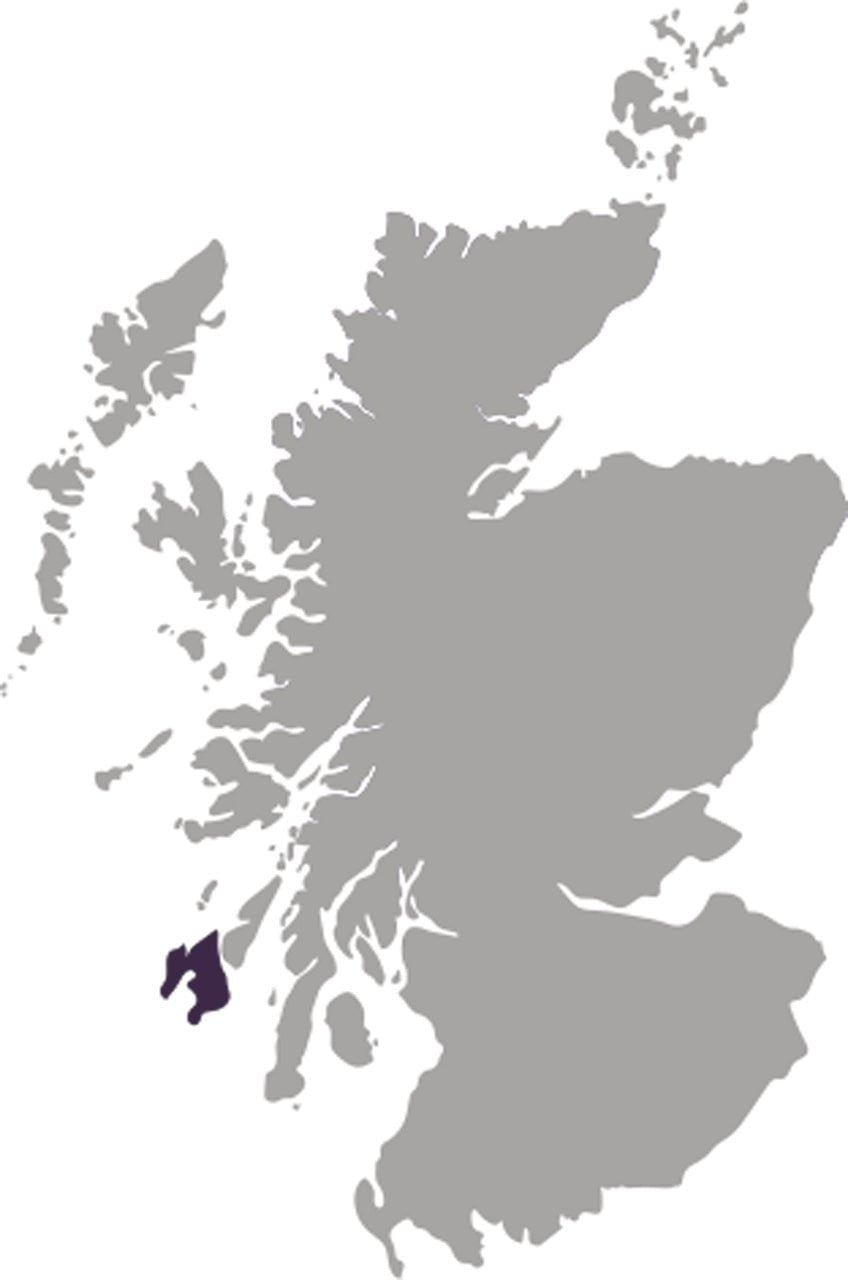
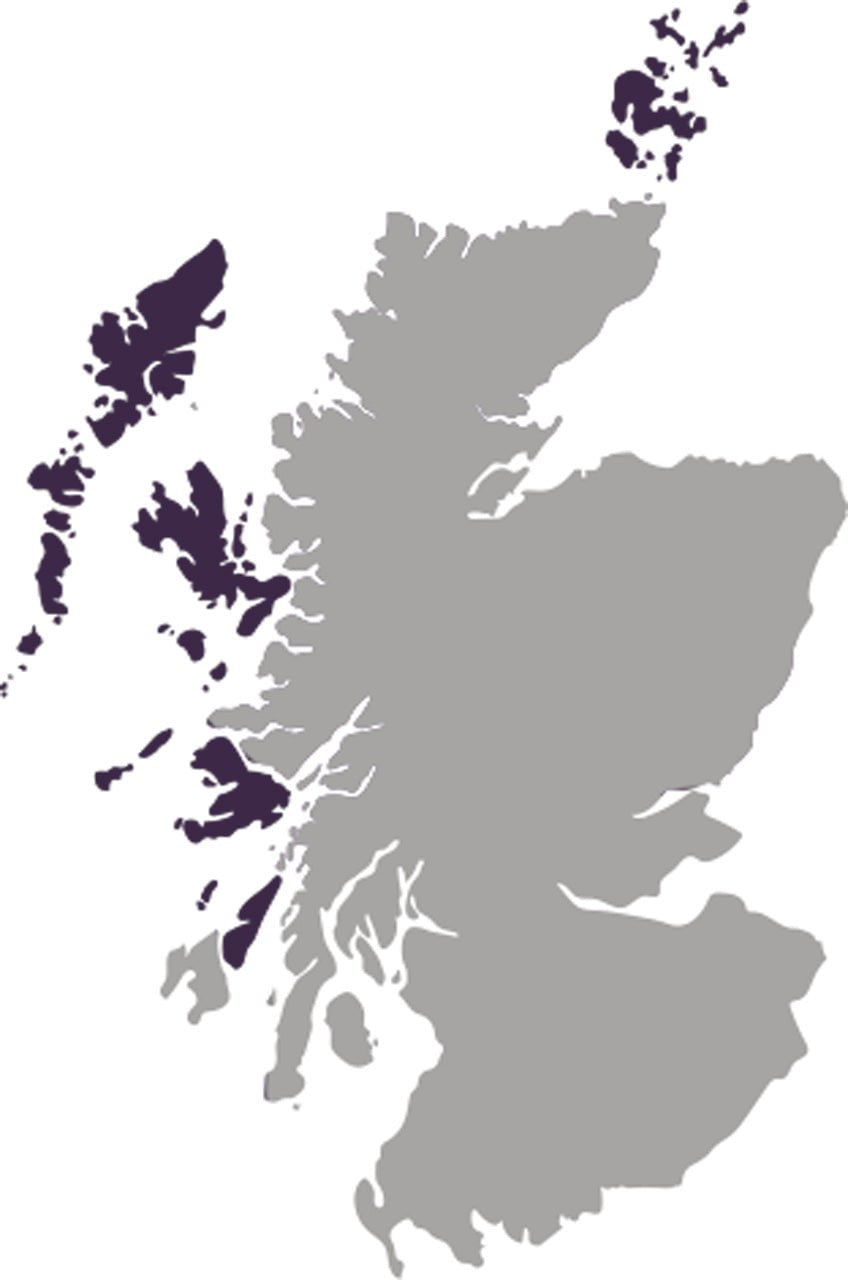

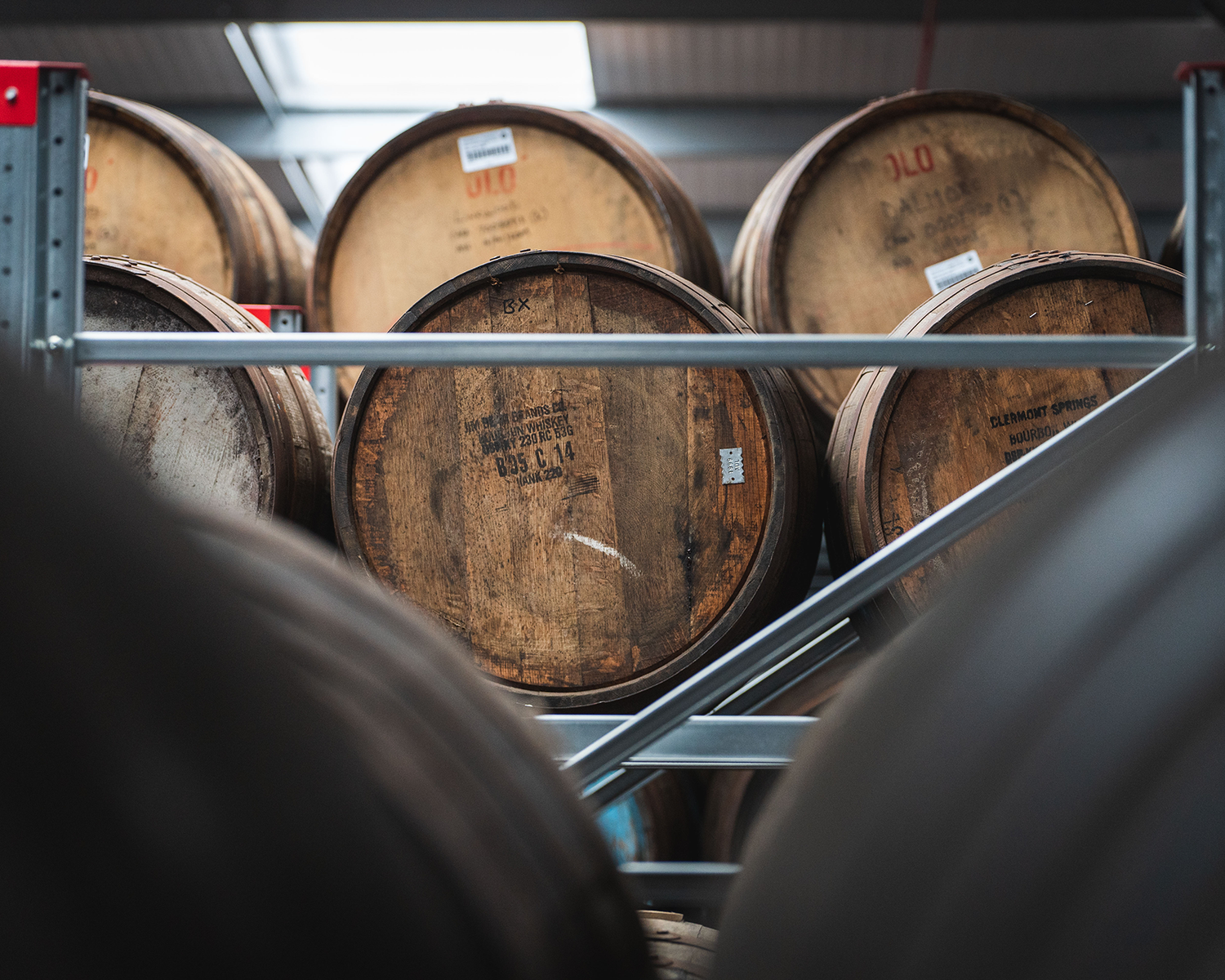
 The Best 18 Year Old Whiski...
The Best 18 Year Old Whiski...
 Whisky Storage Secrets You ...
Whisky Storage Secrets You ...
 Scotland's Whisky Regions: ...
Scotland's Whisky Regions: ...
